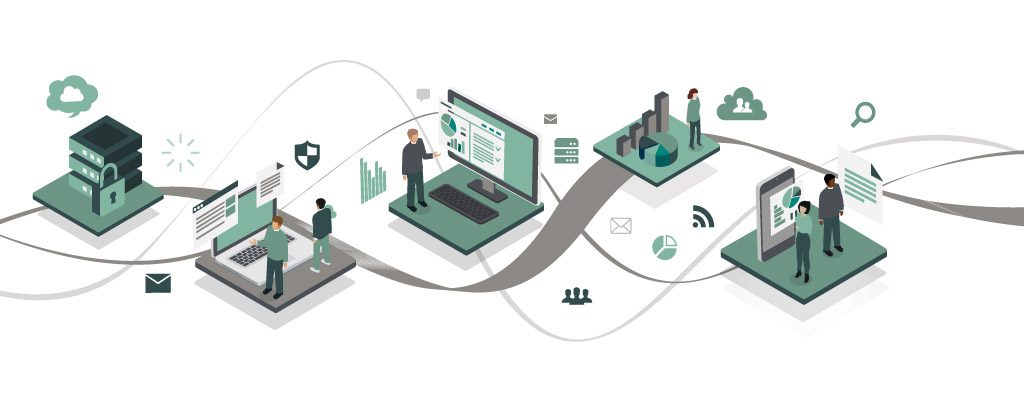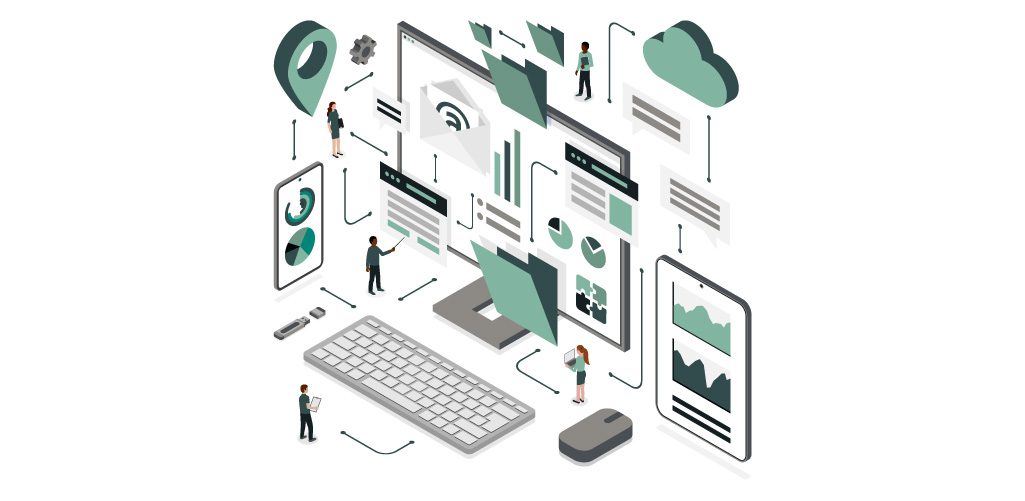A governance, risk, and compliance (GRC) framework is a strategic initiative that allows organizations to align their IT and business processes with overall business goals, manage risk effectively, and meet compliance requirements. Organizations know that they need to have a solidified GRC framework to combat factors that affect reporting and make sure that they are compliant to various regulations. A solidified framework allows for a proactive approach to mitigate and understand risks that the organization will face.
GRC Challenges and Trends
#1: GRC Challenges
To manage risk, organizations need to be aware of challenges that can arise from factors such as:
- Environmental disasters
- Business disruptions (such as the onset of COVID-19)
- Increased pressure to deliver more value with less resources
When organizations are actively aware of these challenges, they can use them as a baseline to work through their vision and strategy — and find ways to effectively combat them. By utilizing a financial risk management system, organizations are enabled to stay on top of new and emerging threats.
#2: GRC Trends
As organizations make more digital investments, many see very similar trends across the board. The most prominent are:
- Rise of environment, social, and governance (ESG) concerns
- Increased need for risk-informed decision making from real-time data
- Desire to increase cost savings and reduce organizational fragmentation
Based on the challenges organizations face, and the trends they are now seeing, Trintech and ServiceNow® have partnered to offer a CadencyDirect® – a solution that provides an effective way to manage current and future needs. ServiceNow’s GRC solution includes policy and compliance management programs which drives the embedding of risk and compliance in the day-to-day activities of an organization.
As organizations undergo digital transformation, CadencyDirect on the Now Platform® provides a simple and effective user experience that connects the Office of Finance to the wider enterprise and improves GRC efforts.

The Future of the GRC Framework and Digital Risk
For any action that an organization takes, risk will be involved and finance must mitigate those risks.
In today’s world, financial compliance monitoring has become front and center in GRC framework. The integration of the Now Platform® and CadencyDirect allows for automated scans to monitor financial processes and real-time testing of the controls in place to provide evidence of their effectiveness.
The roles of Accountant and Controller have moved from manual-heavy tasks to understanding internal controls and evaluating financial risk as a part of enterprise risk. With the rise of hybrid or remote environments, manual reporting processes have become even less effective and more complex when teams are dispersed, which significantly impacts an organization’s risk profile.
With financial automation, manual processes become scheduled and standardized, allowing for finance teams to devote more time and effort into higher-level activities that help evaluate the overall health of the organization. This means organizations are better prepared and equipped to handle risk proactively.
Integrating a GRC Framework into the Financial Close With CadencyDirect and ServiceNow®
CadencyDirect uses automation to evaluate risk levels within the financial close. Based on risk level, lower risk activities can be automated, saving time for finance teams while adding visibility. At the same time, CadencyDirect tests the controls organizations have in place to gauge effectiveness.
Built on the Now Platform®, CadencyDirect shares the evidence into the financial risk management system to help organizations understand their risk profiles across the financial close. This allows organizations to consider and manage risk efficiently through automation, and monitor how they hold up with compliance protocols and regulations.
Simply put, the integration of CadencyDirect into the Now Platform® allows for:
- Time savings
- Increased visibility
- Effective, continuous risk monitoring

Leveraging the Data
When provided with the relevant information from CadencyDirect within the Now Platform, finance teams don’t have to spend time tracking down people or data — it is all in one place. Teams can use the software to continuously monitor financial controls and test their effectiveness, allowing for a proactive approach into risk management and compliance. This continuous approach updates teams across the organization in real-time, and they can address issues as soon as they arise, instead of finding out later after the close is completed.
Continuous control monitoring provides:
- Proactive risk management and controls
- Defined metrics to make sure controls are being performed effectively
- Scheduling capabilities for scan frequency
- Easily identifiable and measurable risk
CFOs can now have concrete evidence within their statements of confidence in reporting financials. They know that their numbers are accurate, and that they are complying with regulating bodies through continuous GRC testing. Teams see a reduction in time for audits, a rise in organizational accountability, and a decreased risk profile.
If organizations do not invest in automation and an effective financial risk management system, they are spending more time chasing data and people, which creates ineffective monitoring processes. When they integrate financial automation with their GRC framework, organizations become more effective, proactive, and compliant when understanding risk and regulations they are subjected to.
By leveraging this technology, the Office of Finance can show how work is being done and how they can use it to understand the financial health of their organization.
[cta-content-placement]
Written by: Mikayla Jordan

